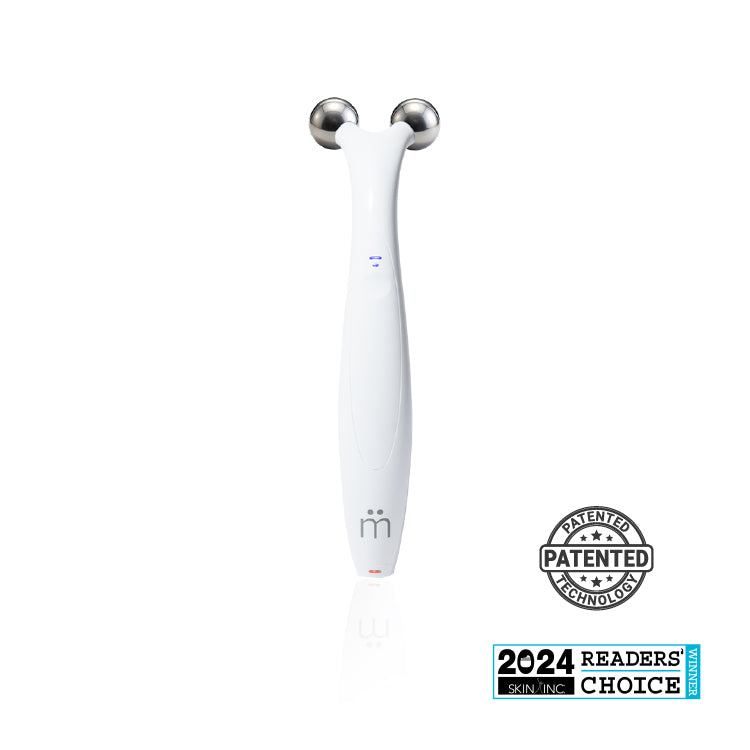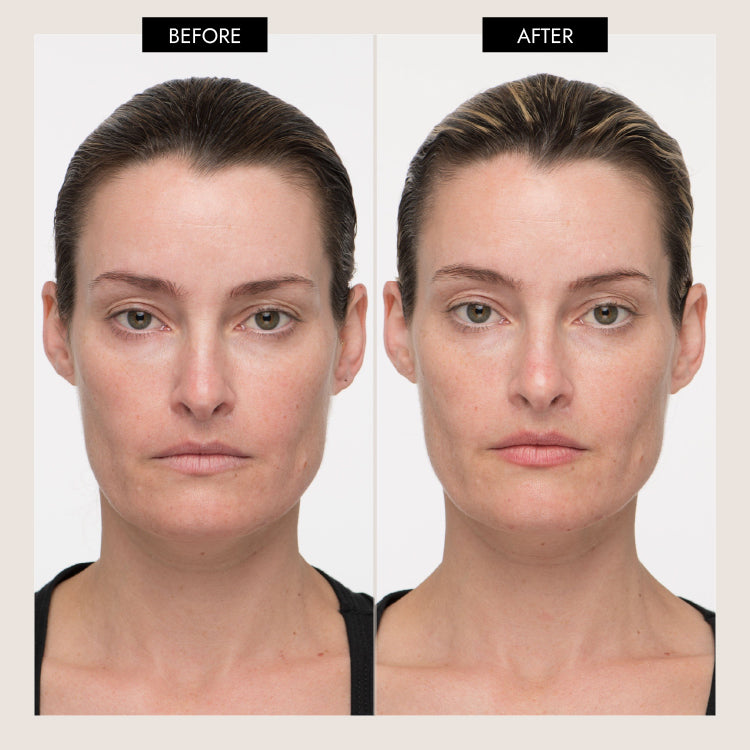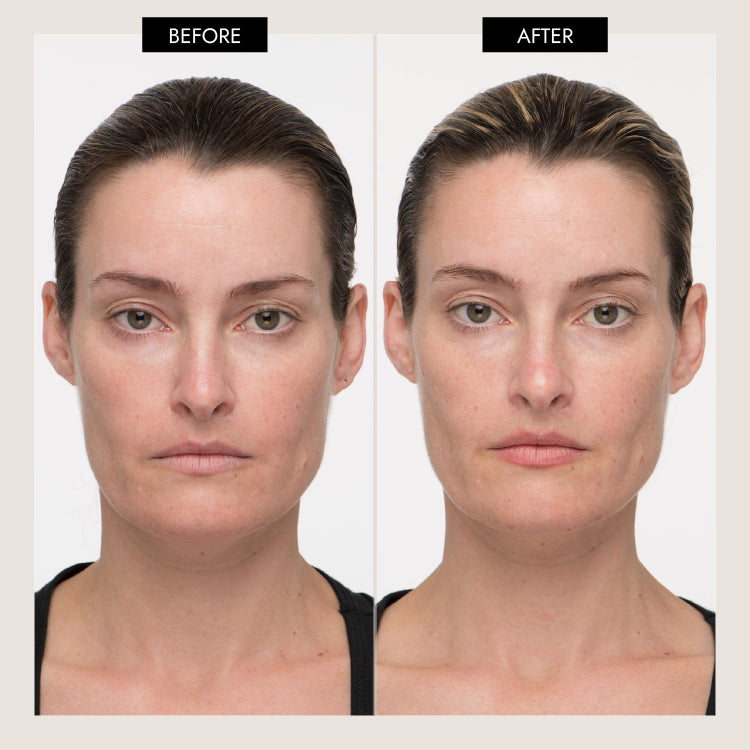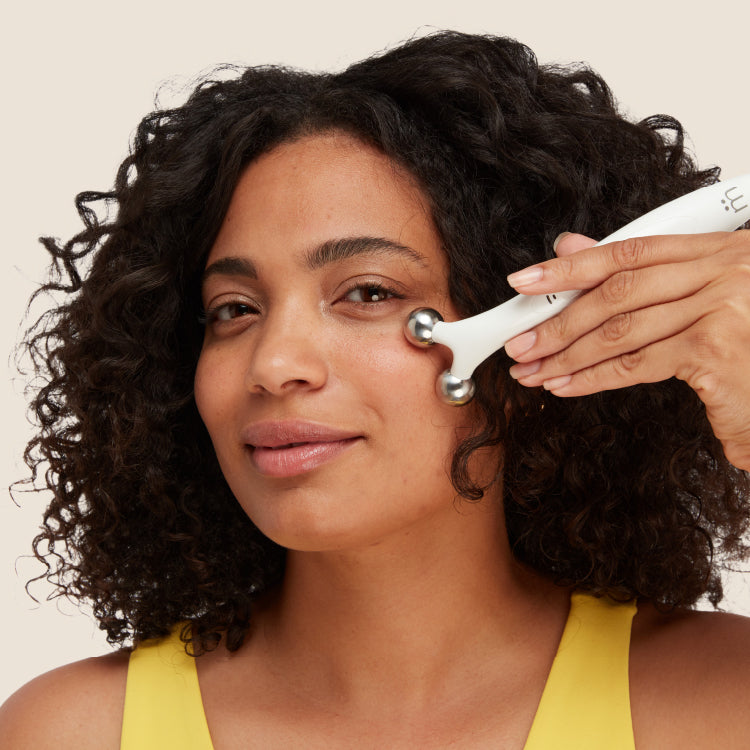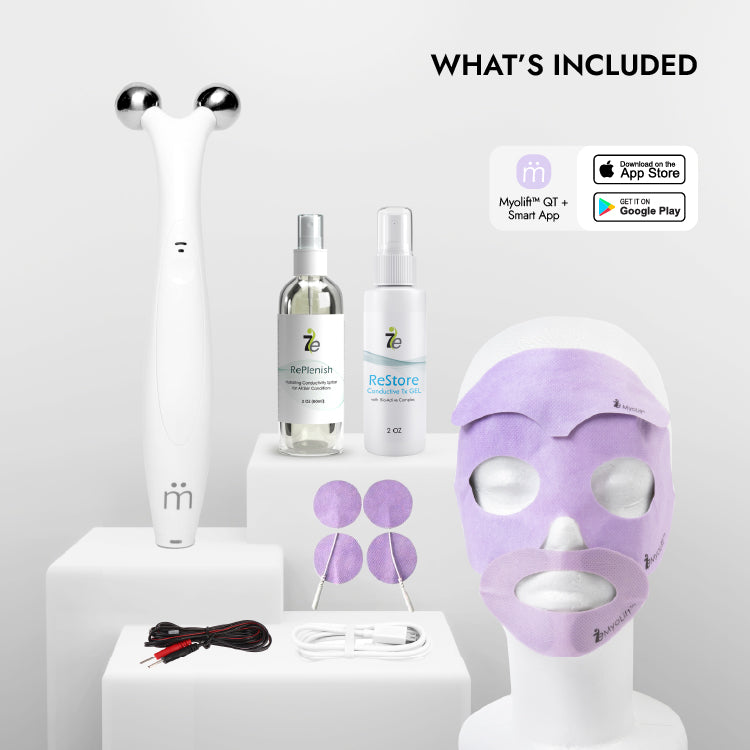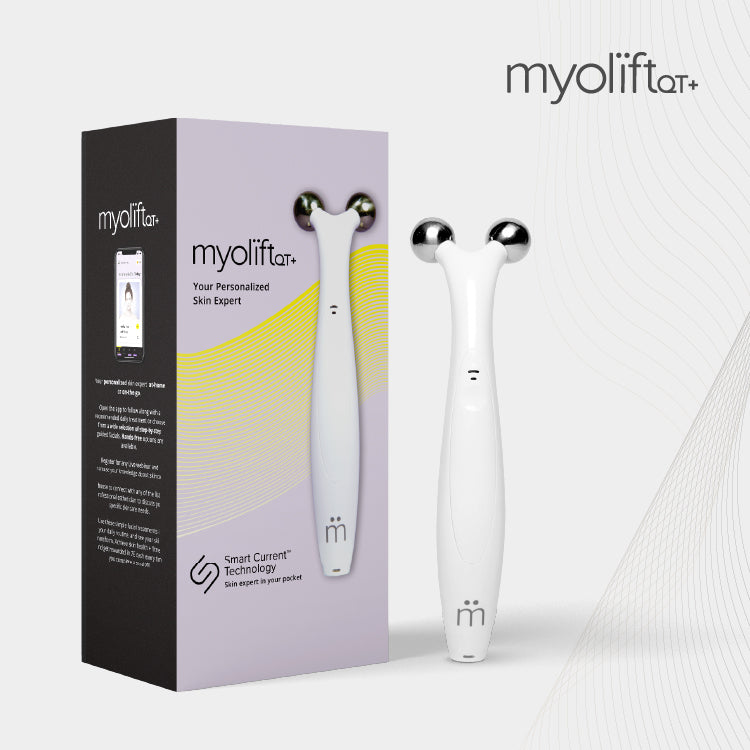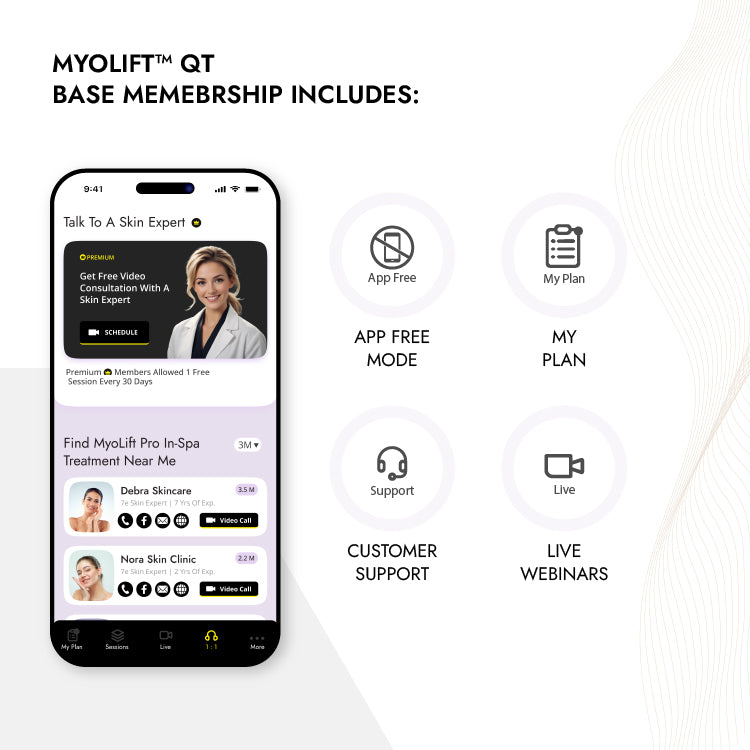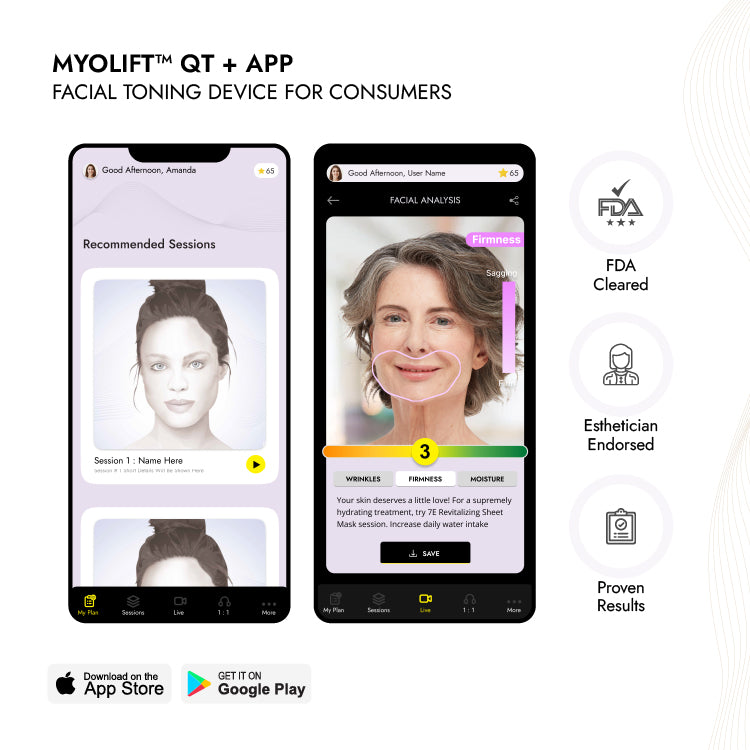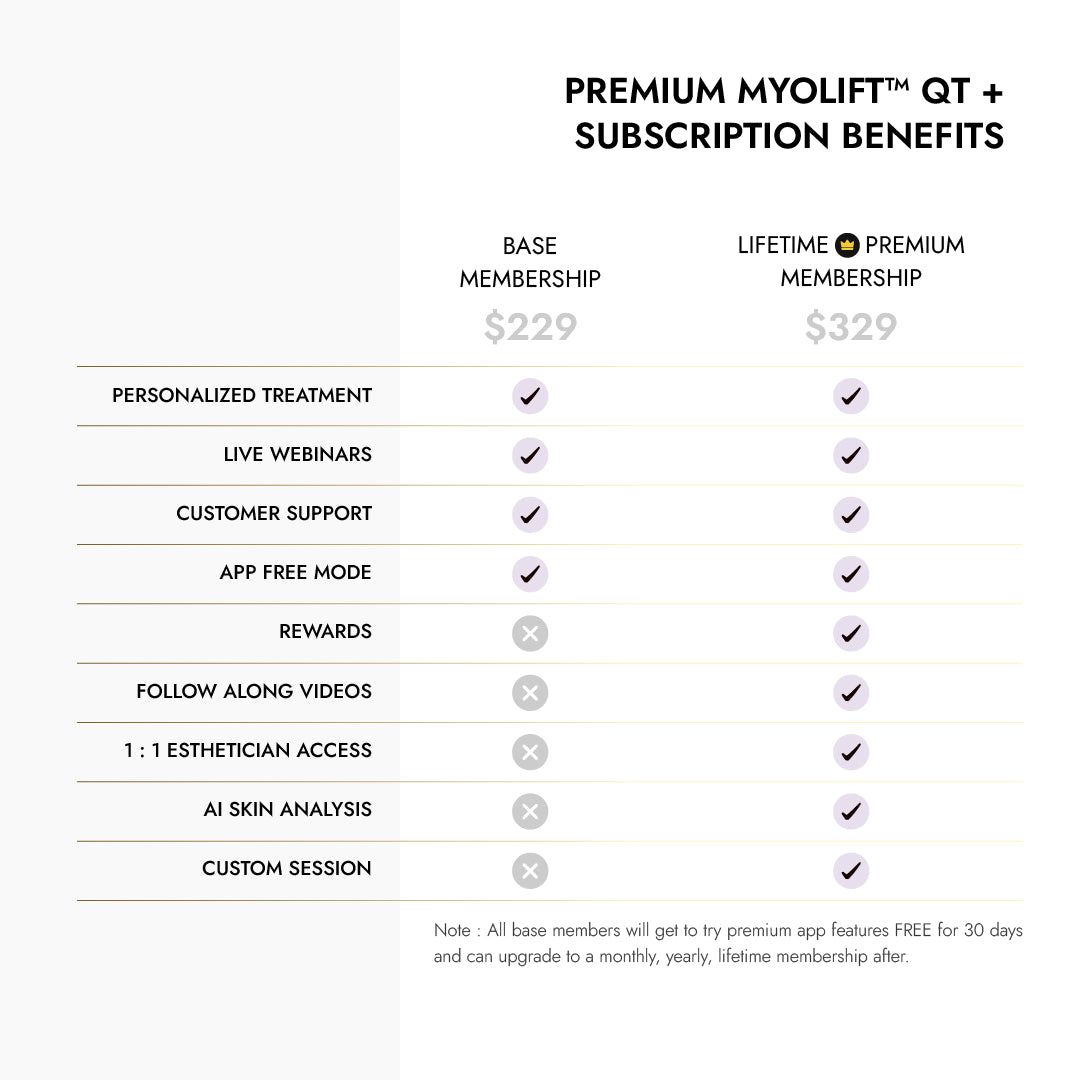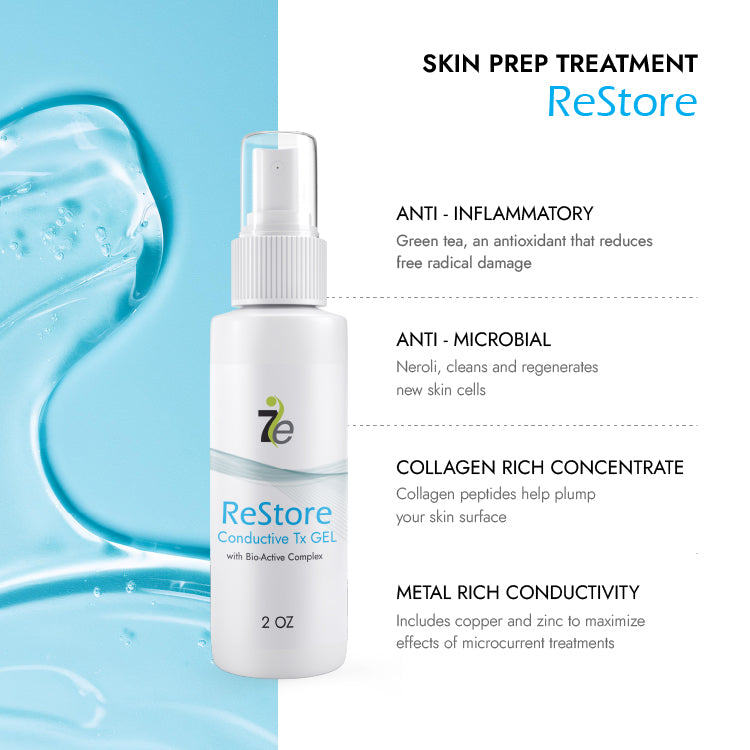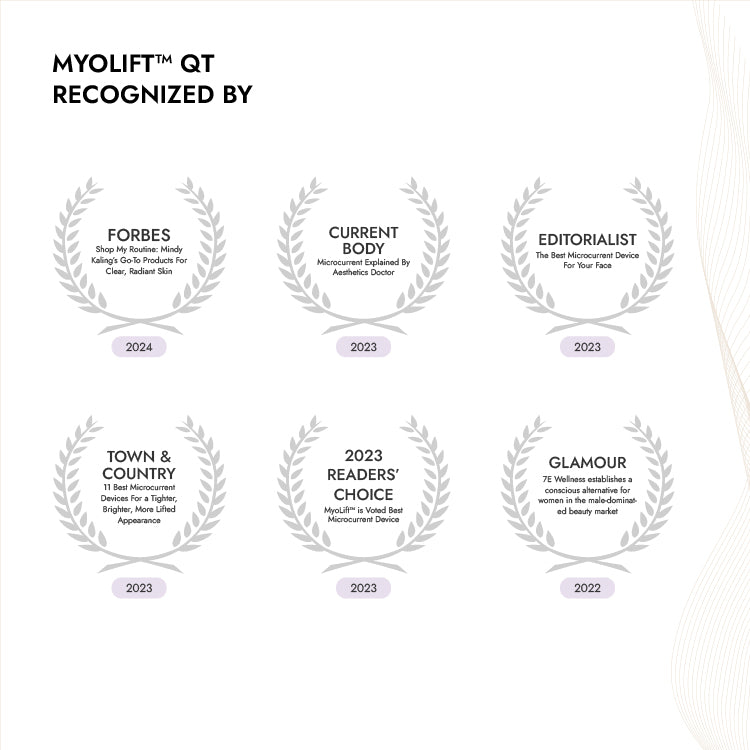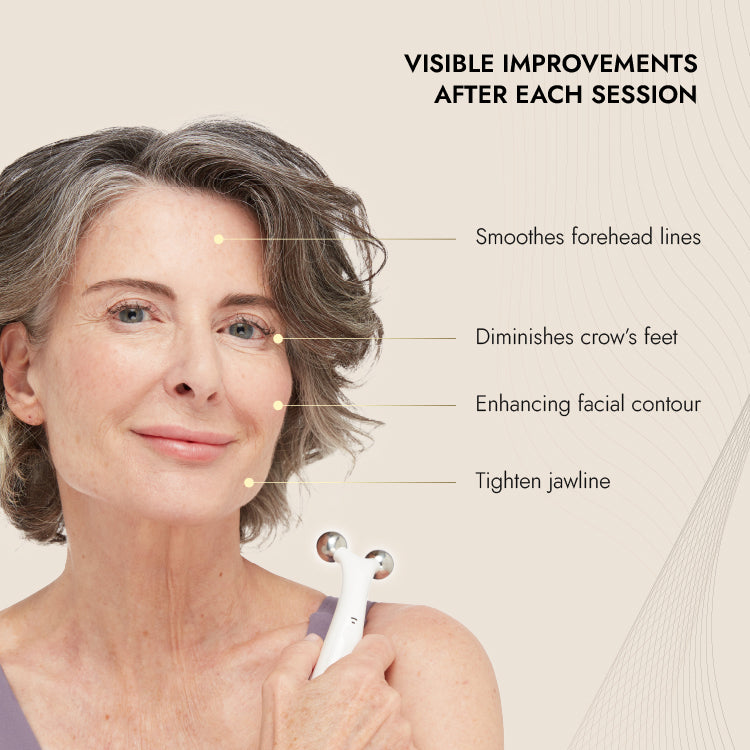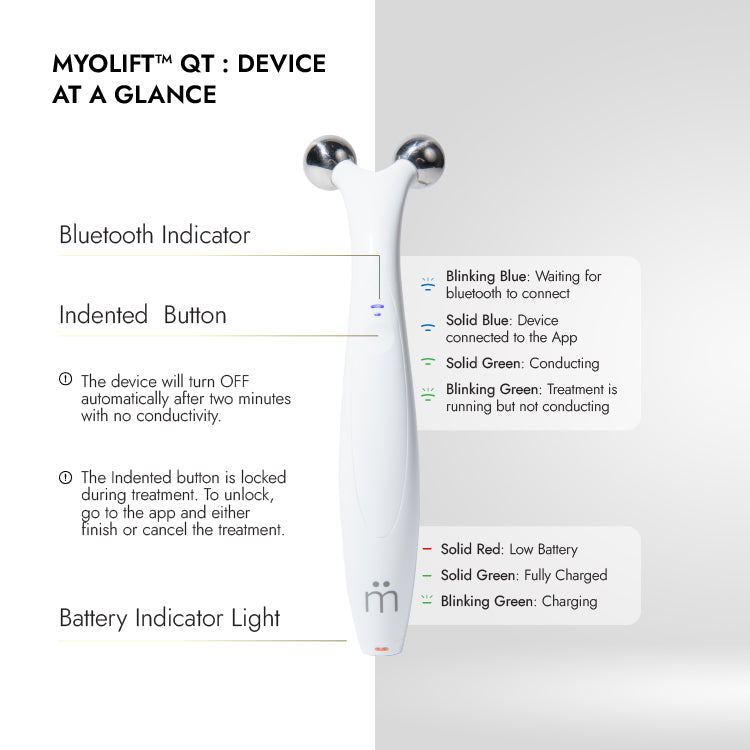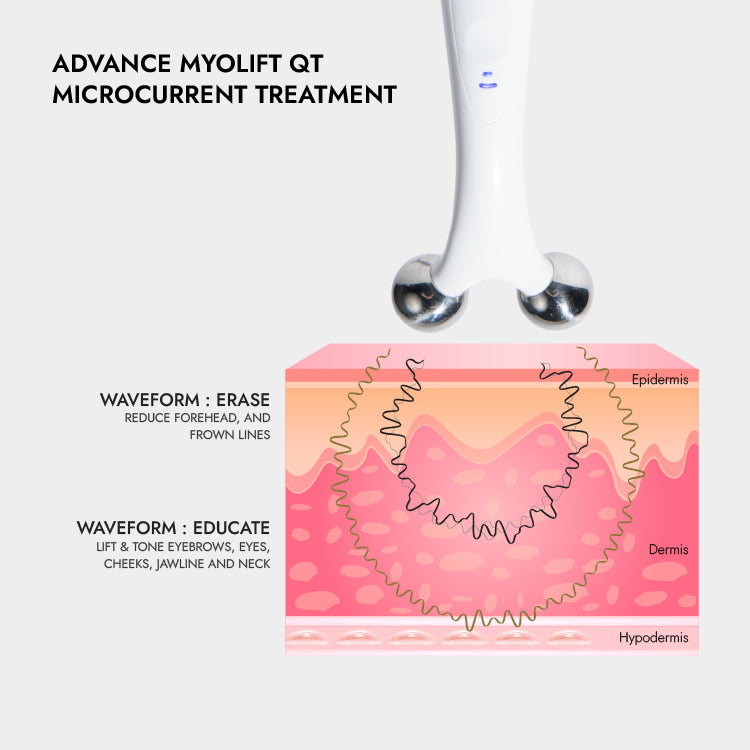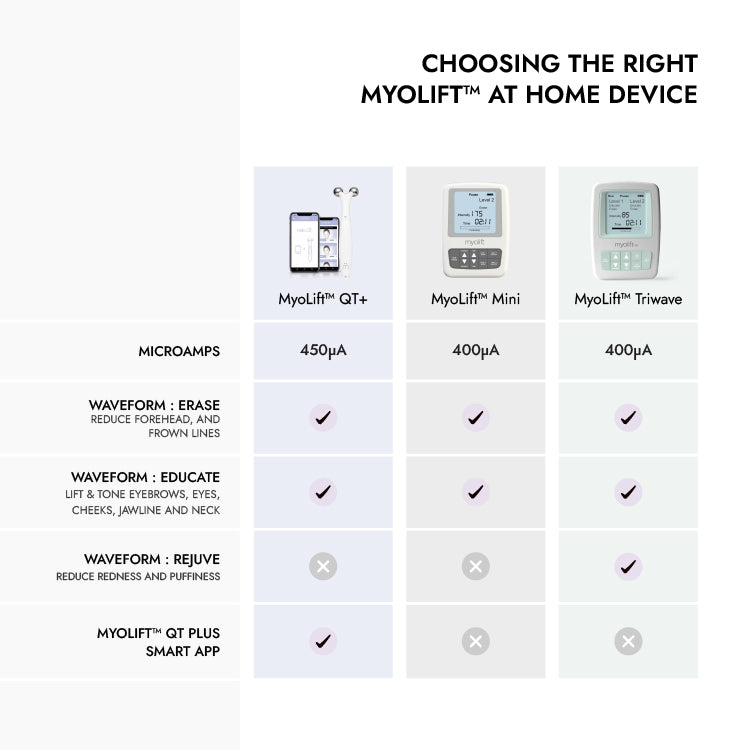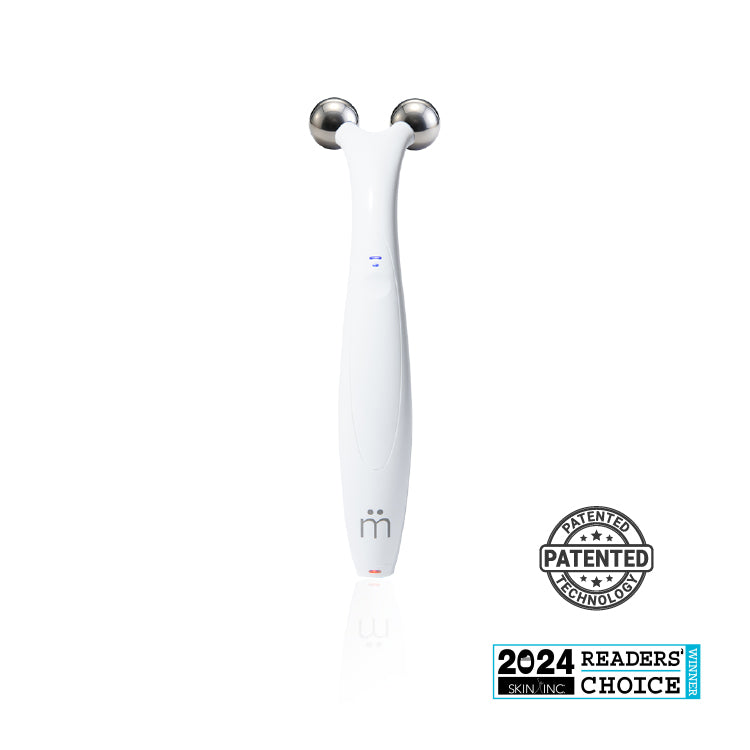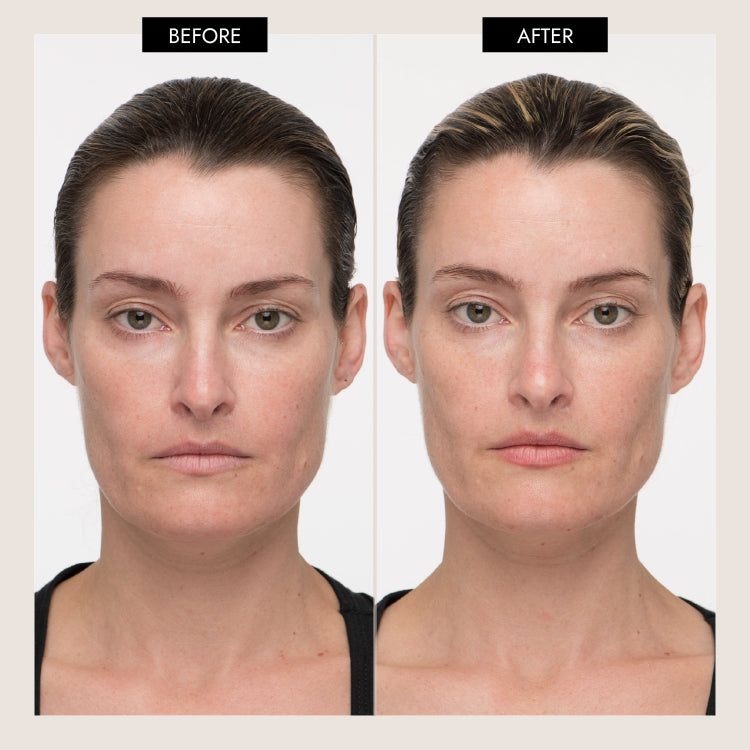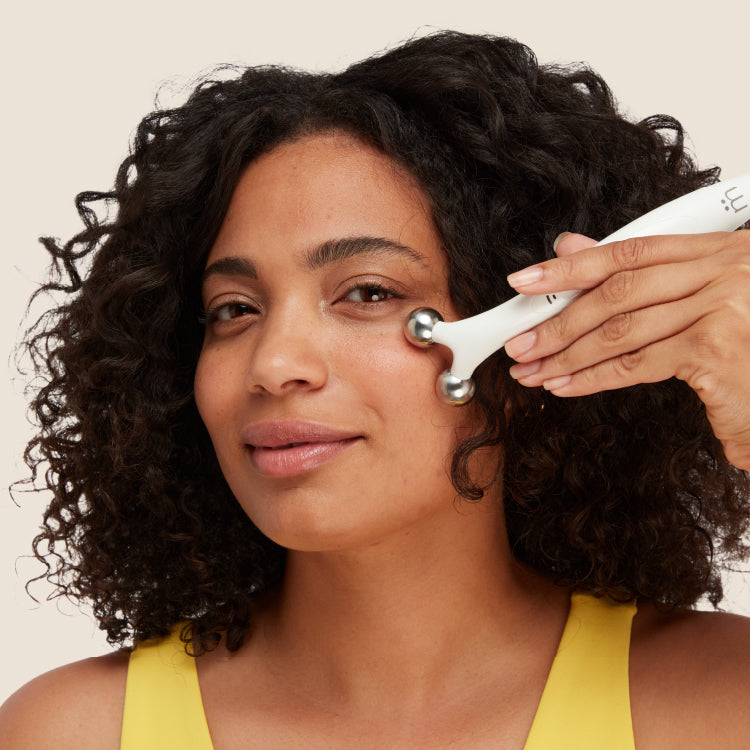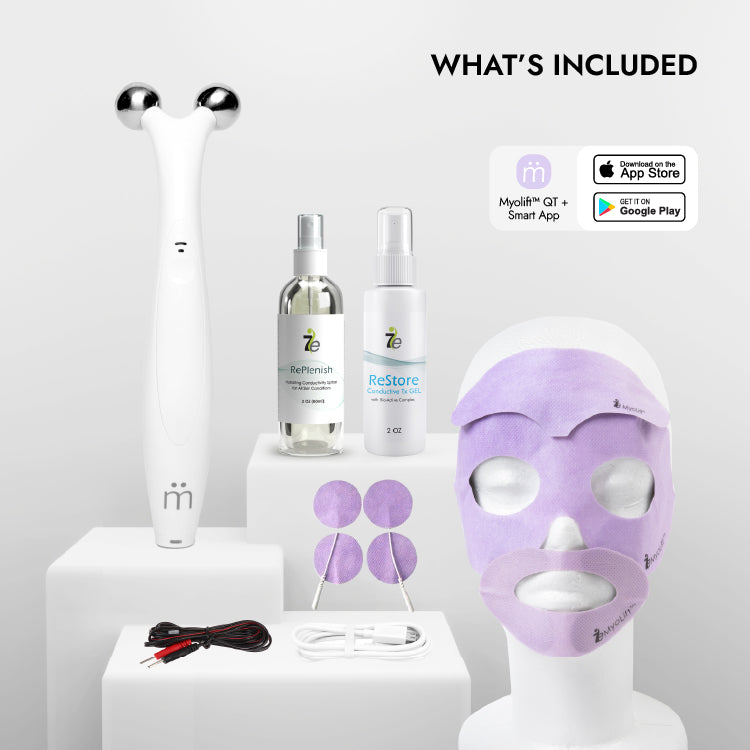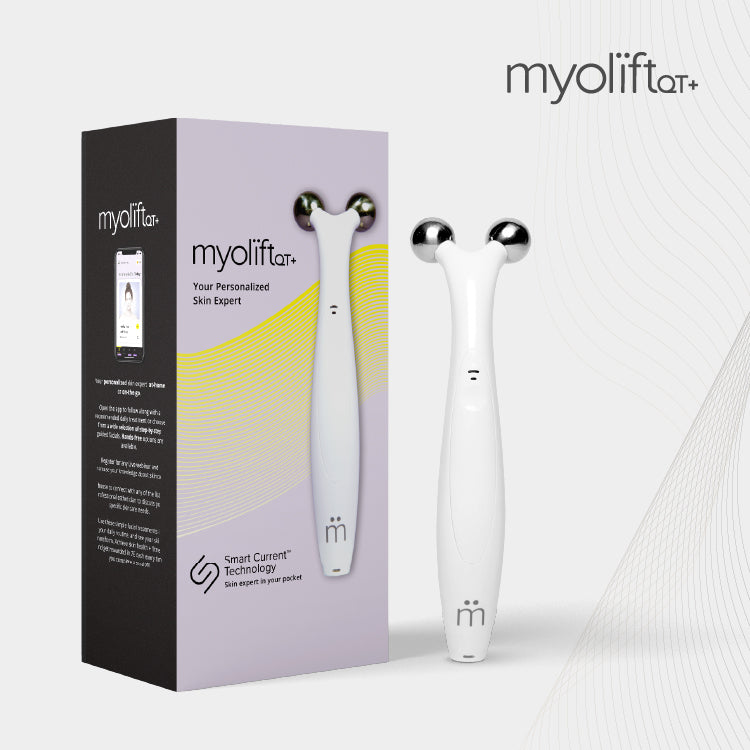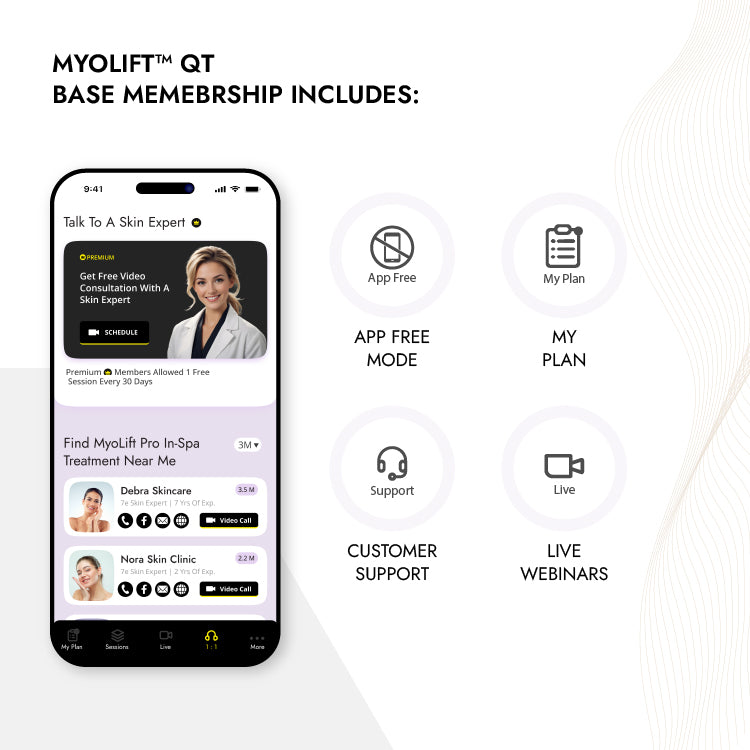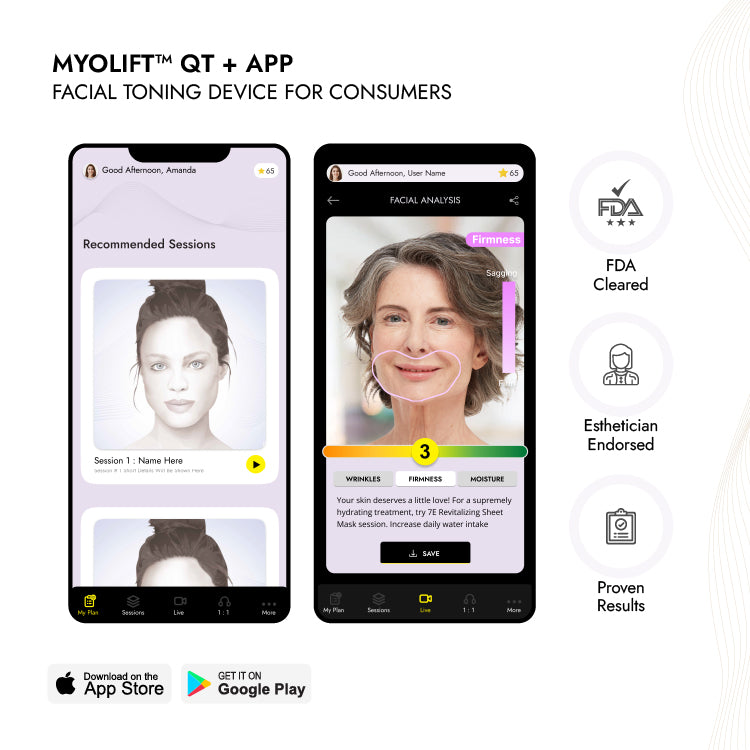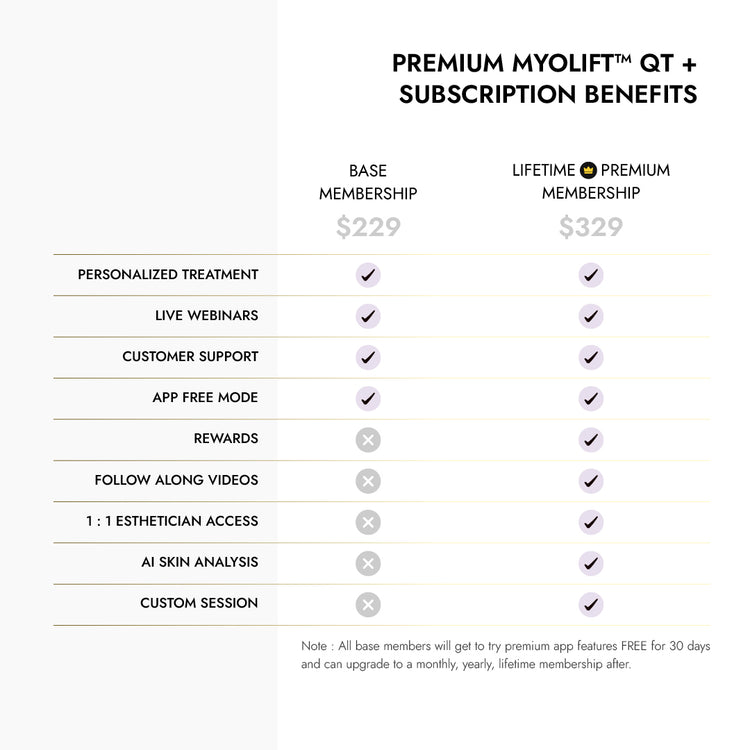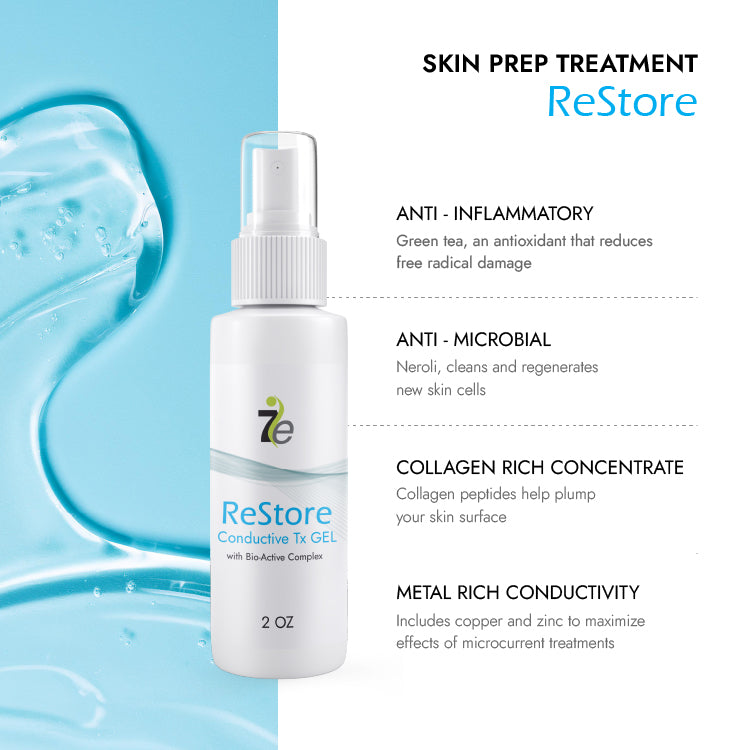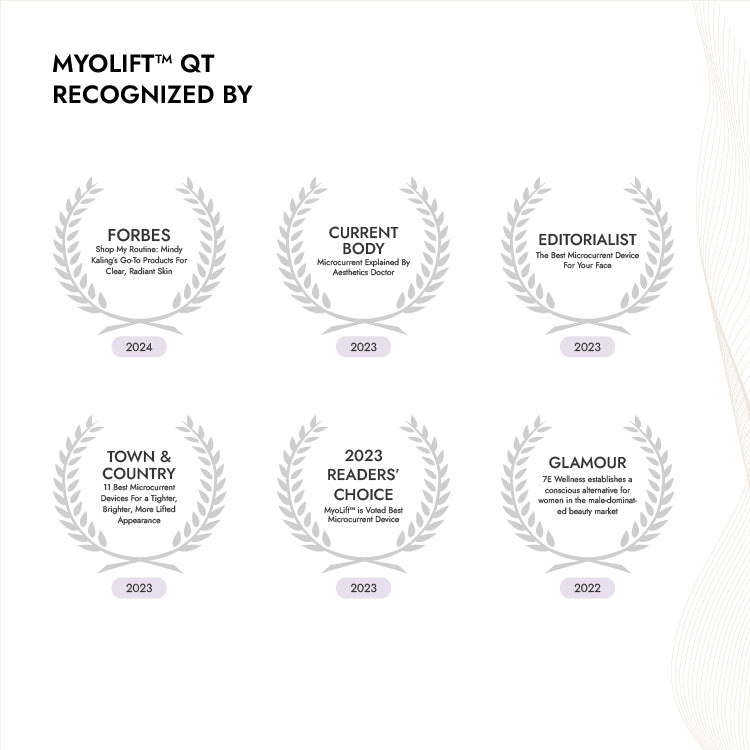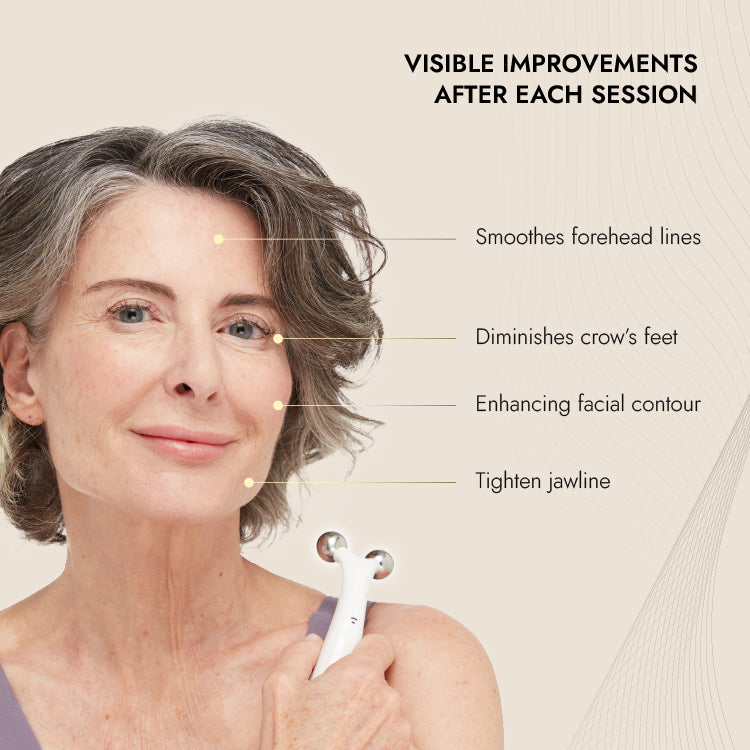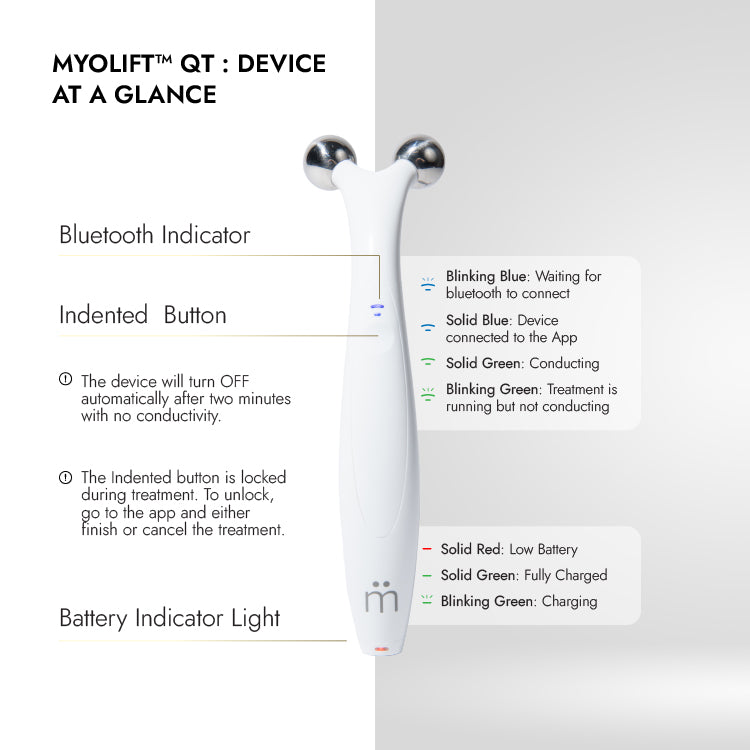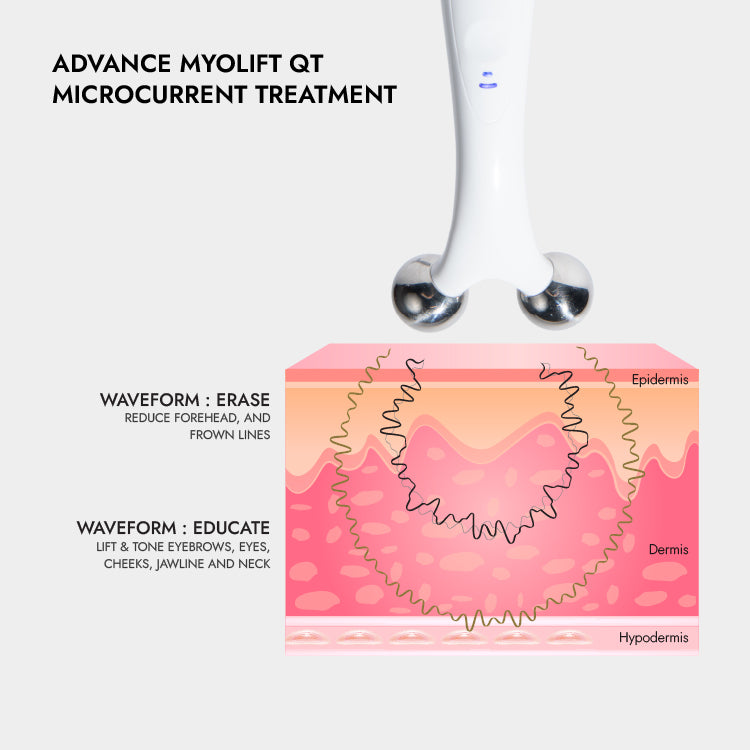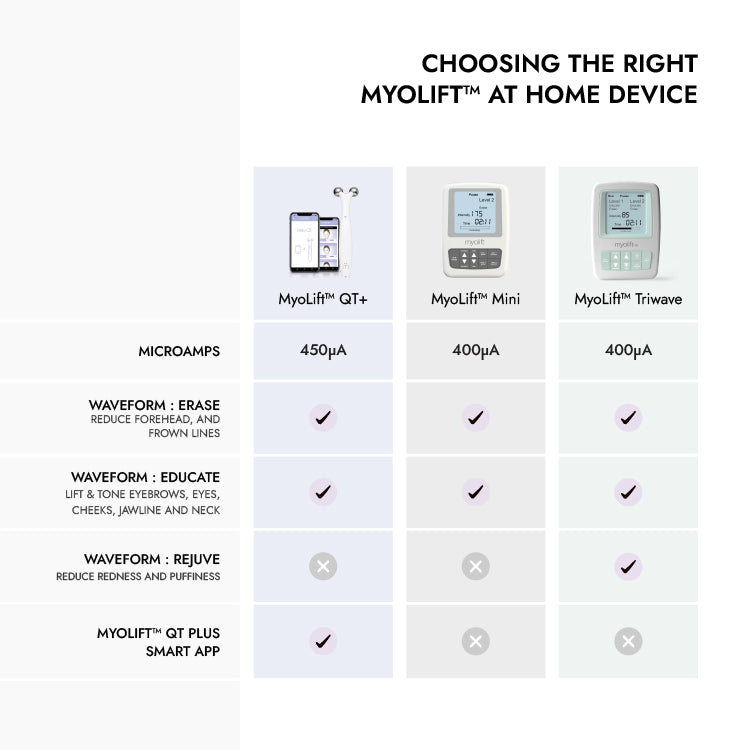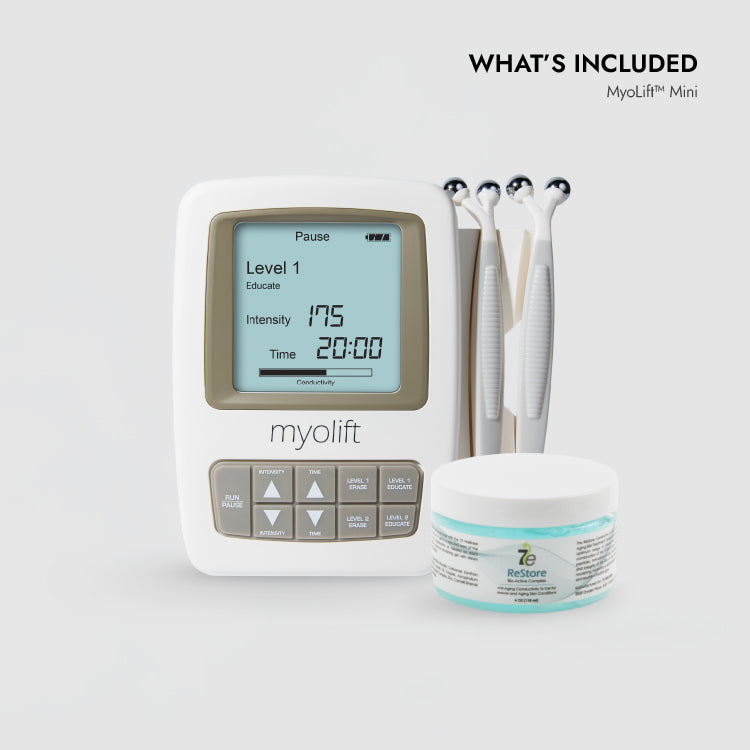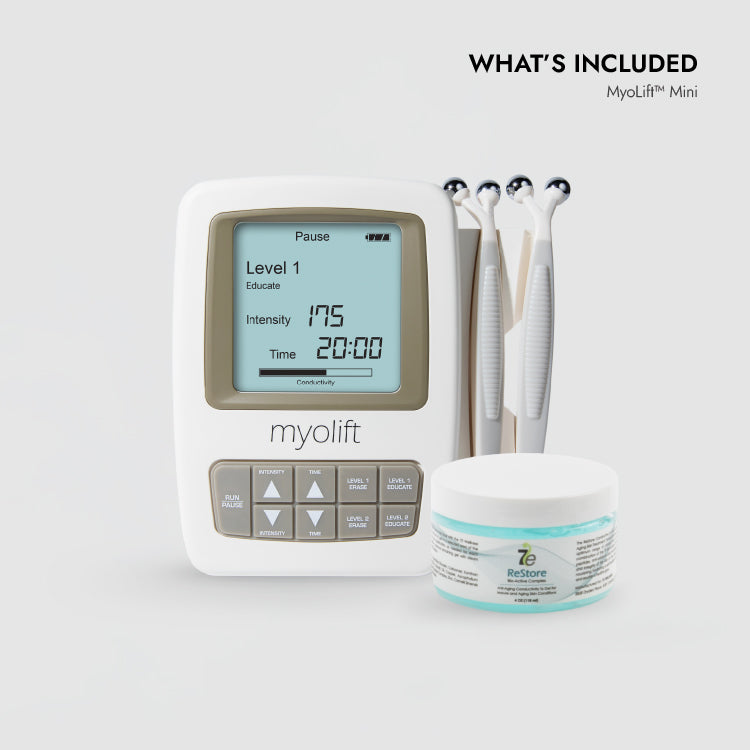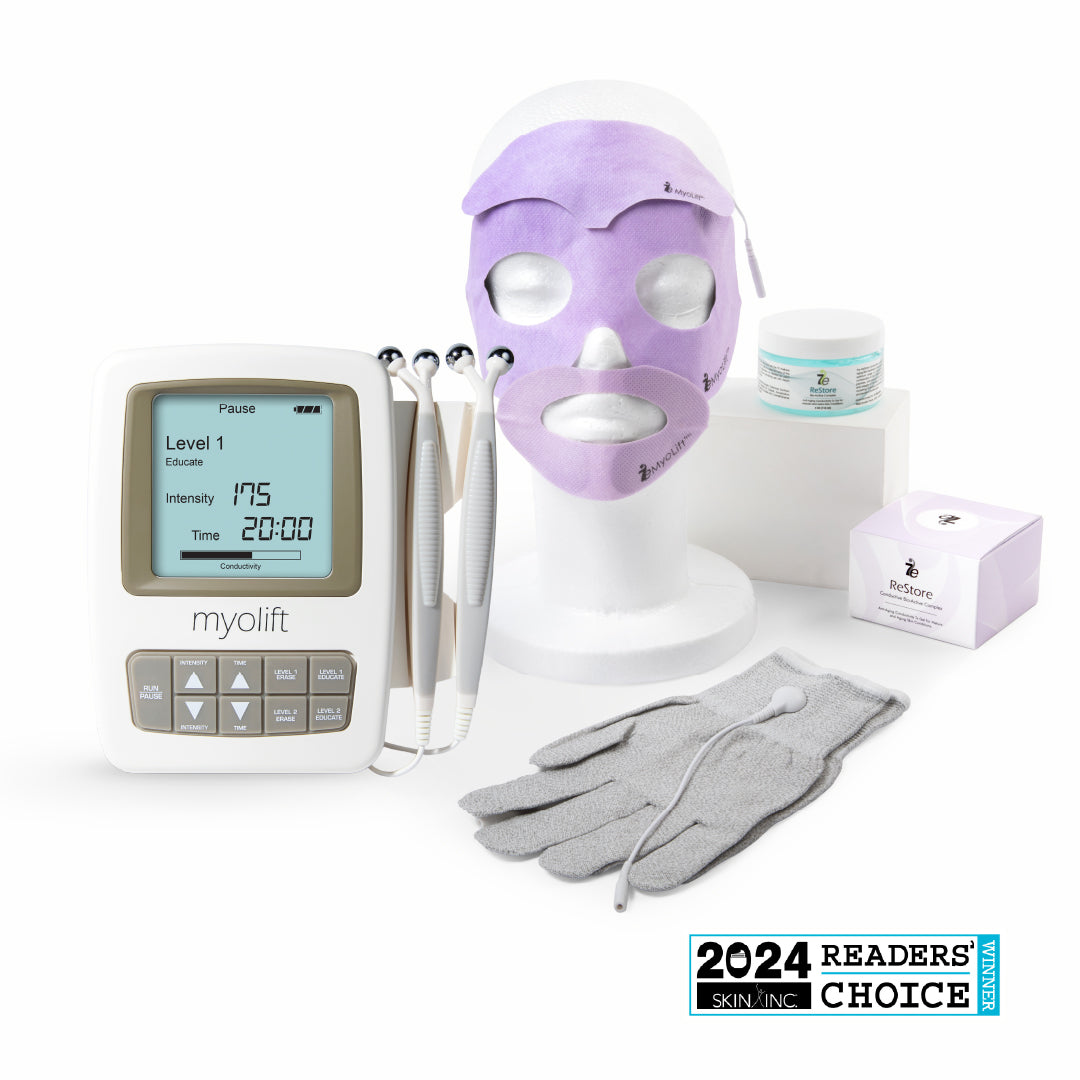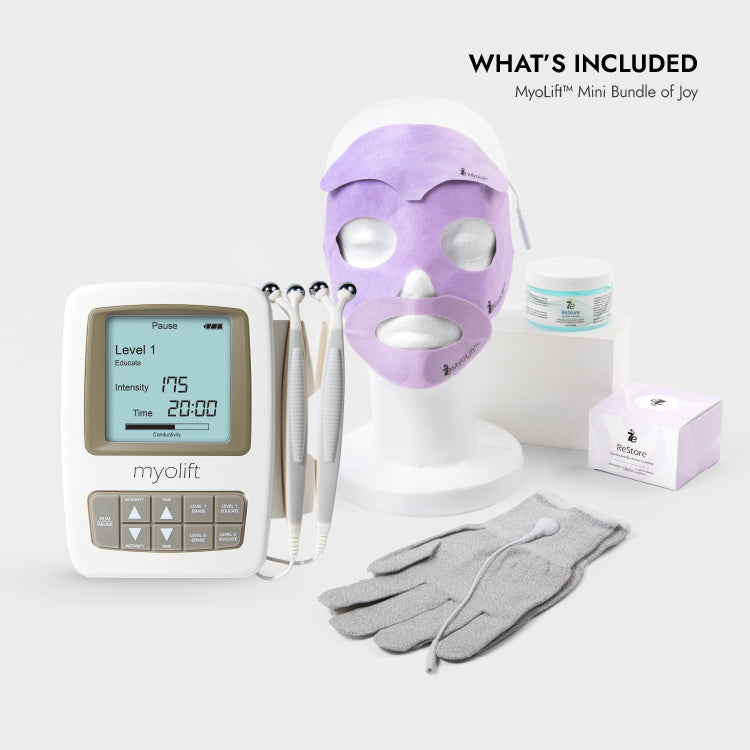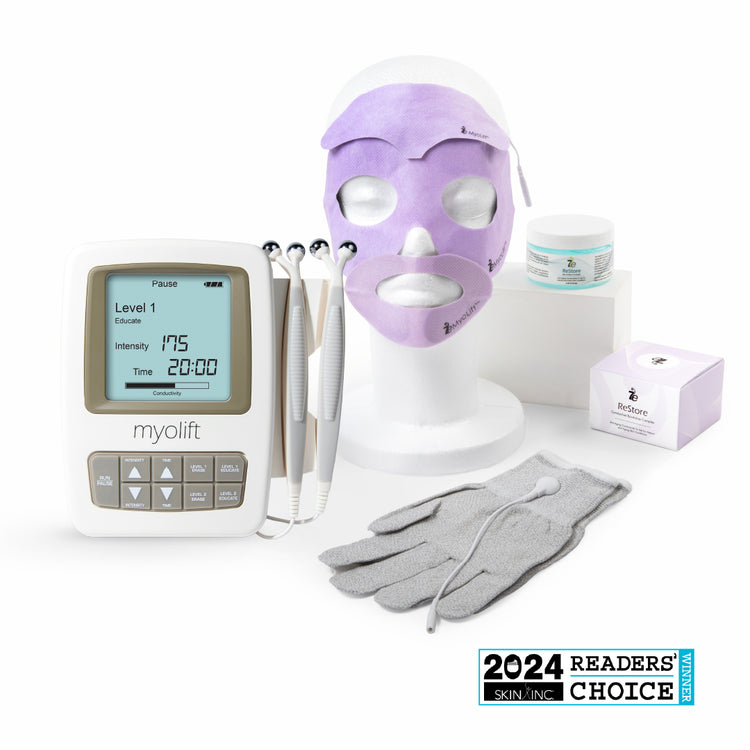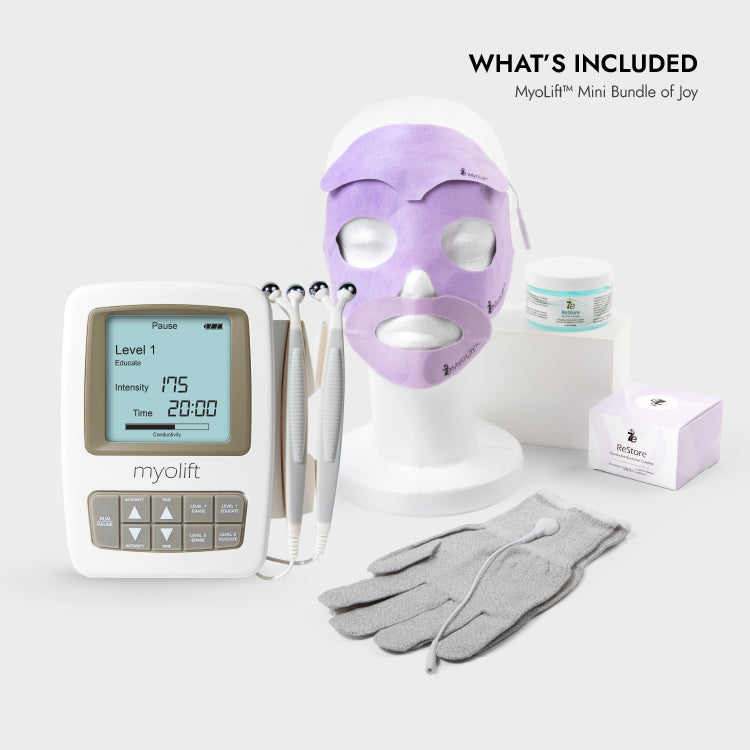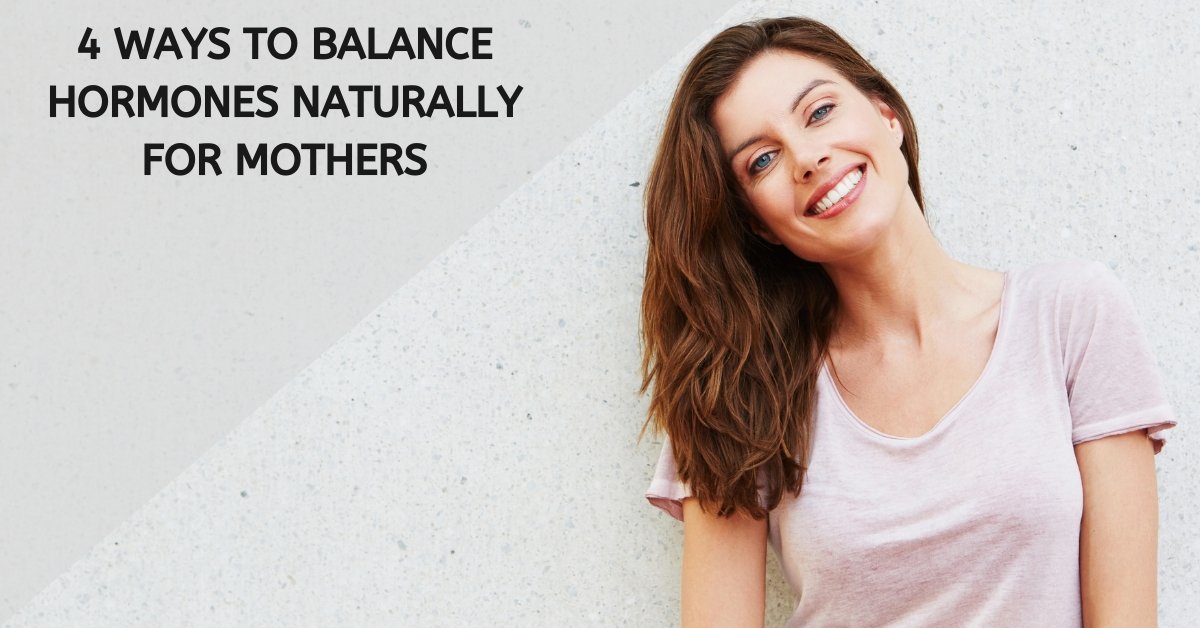
Hormones are part of the biological makeup of all human beings, and they are essential to our survival.
Hormones are highly complex yet are vital to the health and balance of the entire body. Human skin contains several types of hormone receptors including peptide hormones and neurotransmitters that are aligned at the cells surface with steroid and thyroid hormones found in the cytoplasm. The function of the receptors is to recognize the presence of the hormone and convey a message of its presence to the cell’s nucleus that directs a specific biologic action. Hormone responses may specify increased cellular proliferation, secretion of a substance or inhibition of an activity. Hormones that are produced in human skin release into the circulation and are important for cellular functions throughout the entire body[1].
Type of Hormones and their effects
A. Estrogen hormone during premenopausal years
Estrogen is produced in the ovaries and considered the main cradle for this hormone. The adrenal glands that reside on the top of each kidney make small amounts of this hormone. The role of estrogen mediates positive effects in the skin[2]. It's function is to maintain the skin metabolically active so that it remains soft, supple and hydrated.
- Increases cell mitosis rate in the epidermis.
- Reduces the size and activity of the sebaceous gland.
- Slows rate of hair growth.
- Stimulates synthesis and turnover of collagen.
- Increases production of glycosaminoglycans required for cell signaling and regulation of cell growth, proliferation, promotion of cell adhesion, anticoagulation, and wound repair.
Child rearing years are a significant phase in the life of a woman. During pregnancy, there are colossal hormonal changes especially in the brain where neural connections are restructured to redirected. According to a study from Dr. Lisa Galea at the University of British Columbia, “Hormones have a profound impact on our mind. Pregnancy and motherhood are life-changing events resulting in marked alteration in the psychology and physiology of the mother.[3]” It is for this reason that a mom can go through mood changes, experience physical discomforts and body changes.
B. Oxytocin Hormones
Oxytocin, also known as the “love hormone[4]” plays an essential role during childbirth, breastfeeding, and maternal bonding. It is involved in early social, perceptual, and cognitive processes influencing trust and closeness in relationships. It drives maternal behavior like attachment, affection, and empathy [5]. Oxytocin systems develop in post-natal, early childhood, and influenced not only by our genes but by our environment.
C. Progesterone and Estrogen Hormones
Progesterone and Estrogen increases in pregnancy and begins to normalize during post childbirth to allow for breastfeeding. They also are linked to mood regulation and fluctuation contributing to post-partum blues and/or mood disorder.
D. Prolactin Hormone
Prolactin supports milk production and has a relaxing effect. Prolactin is a hormone produced in the pituitary gland in the bottom of the brain. It causes breasts to grow and develop and stimulates the production of breast milk post birth. Prolactin also supports the regulation of menstrual cycles and affects sperm production in men[6].
Effect of Hormones on the Skin
During pregnancy the body produces approximately 50% more blood, resulting in increased circulation. The face appears brighter. Lipid secretions increase in the follicles and may cause breakout. A pregnant woman's skin may also show signs of dark pigment changes on the forehead and cheeks (melasma) all due to hormone shifts.
Fluctuating thyroid, cortisol levels and lack of sleep affects hormone levels and mood.
4 Ways Mothers Can Keep Their Hormones in Balance
1. Keeping life in Balance[7]
The responsibilities of Mom are countless both during childbirth and throughout the developing years and beyond. Keeping balanced and taking time out for self-nurturing require some innovation. Be aware that stress increases cortisol levels in our body. Higher cortisol levels may lead to health issues including weight gain, high blood pressure, exhaustion, reduced brain function, and compromised immunity. There are numerous practices that we can accomplish to gradually develop new habits for keeping stress in abeyance to gain some self-renewal. The good news is that they can reduce cortisol levels that leads to wellbeing and longevity.
- Mindfulness-based stress reduction supports our ability to become more self-aware of our thoughts and what may be a signal for more cortisol release. Replace anxiety or worry through acknowledging and understanding stressful thoughts and the triggers for emotional reactions.
- Practice regular Mediation and spiritual awareness.
- Journal and describe what you are feeling. Reach out and speak to a trusted listener or counselor.
- Become the observer of your thoughts instead of becoming victimized by them.
- Moderate exercise and walking support the mind and body. Intense exercise may increase cortisol levels, especially for unfit individuals. Gradually build up your tolerance.
- Spend time with family and friends. Choose activities that are supportive to your well-being and provide positive experiences. Gardening and spending time outdoors is very uplifting and helps to decrease cortisol levels.
- Relax through deep breathing, yoga, listening to music, all support reduction of stress.
- Sleep is essential for our body to repair and renew. Limit exposure to bright light at night. Remove electronic screens out of sleep areas and prepare for a peaceful rest.
2. At Home Spa.
Taking care of the skin - face and body - during pregnancy is essential, along with good nutrition and stress-reducing activities. Choose gentle products that will cleanse, hydrate, provide antioxidants and relieve any inflammation or irritation. Apply full-spectrum sun protection to protect against both aging and burning rays.
A lifetime practice for mothers when not pregnant is to receive regular facials, including microcurrent treatments. Microcurrent therapy is a way to stimulate the facial muscles with a small electrical current. That’s it! It is a simple, pain-free method that works with the body’s natural systems to re-energize the facial skin and muscles from a cellular level. Numerous studies confirm that massage therapy can reduce cortisol levels by 30%. These practices greatly contribute to healthier skin, a more relaxed mind& body, and delay the aging process.
3. Nutritious Food
Nutrition is a key to influencing cortisol levels. Consume stress-reducing foods to balance your hormones and reduce inflammation. See the illustration below.
- High sugar intake is a trigger for cortisol release.
- Dark chocolate: Studies showed that consuming dark chocolate reduced cortisol response as well as the “fight-or-flight” hormones known as catecholamines in highly stressed individuals.[8]
- Green tea. Green tea contains theanine, a compound that reduces the release of cortisol. It also contains antioxidants that reduce inflammation and lowers disease risk.
- Both prebiotics (soluble fiber) and probiotics (yogurt, sauerkraut and kimchi) help reduce cortisol.
- Water is essential for hydration. Dehydration increases cortisol.

4. Supplements
- Fish oil (omega-3 fatty acids) have been found to help reduce cortisol levels. Asian herbal medicine called ashwagandha have also been shown to reduce cortisol levels.
- Joint pain, fatigue, high blood pressure, headaches and bloating are symptomatic of hormonal imbalances and inflammation.[9]
About the Author
Alexandra J. Zani is an award-winning skin care professional having been in the skin care industry for over 30 years. She holds an instructor license and is a scientific researcher, educator and writer.
CITATIONS
__________________________________________
[1] Zouboulis, Christos. The skin as an endocrine organ. Dermato Endocrinology Retrieved from https://www.ncbi.nlm.nih.gov/pmc/articles/PMC2836429/
[2] Pugliese, Peter T., MD. Advanced Professional Skin Care, Medical Edition. Chapter 10. Aging Mechanisms and Treatment. pp256-257 (2005)
[3] Your Brain on Motherhood: How Hormones Get You Into Mommy Mode. https://www.bootcampfornewmoms.com/blog/your-brain-on-motherhood-how-hormones-get-you-into-mommy-mode
[4] Virginia Morell (April 2015) ‘Love hormone’ turns mothers into moms. https://www.sciencemag.org/news/2015/04/love-hormone-turns-mothers-moms
[5] Max Planck Institute for Human Cognitive and Brain Sciences. (Oct. 2019) Mothers’ behavior influences bonding hormone oxytocin in babies. https://www.sciencedaily.com/releases/2019/10/191017111705.htm
[6] Fact Sheet. Hyperprolactinemia (High Prolactin Levels). https://www.reproductivefacts.org/news-and-publications/patient-fact-sheets-and-booklets/documents/fact-sheets-and-info-booklets/hyperprolactinemia-high-prolactin-levels/
[7] Matthew Thorpe, MD, PhD (April 2017) 11 Natural Ways to Lower Your Cortisol Levels. https://www.healthline.com/nutrition/ways-to-lower-cortisol
[8] Jennifer Warner with review by Louise Chang, MD (2009) Dark Chocolate Takes Bit Out of Stress: Eating Dark Chocolate May Lower Stress Hormones, Researchers Say. https://www.webmd.com/balance/stress-management/news/20091113/dark-chocolate-takes-bite-out-of-stress
[9] These 10 Superfoods Can Help Balance Your Hormones and Reduce inflammation. EcoWatch (April 2016) https://www.ecowatch.com/these-10-superfoods-can-help-balance-your-hormones-and-reduce-inflamma-1891117503.html
Disclaimer: Any reposting of 7E blog content shall be done without any changes to original content. Please contact us when reposting if you are unsure about the original content material.









